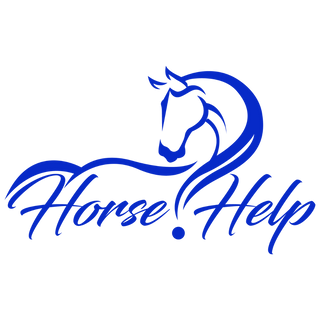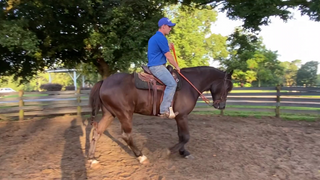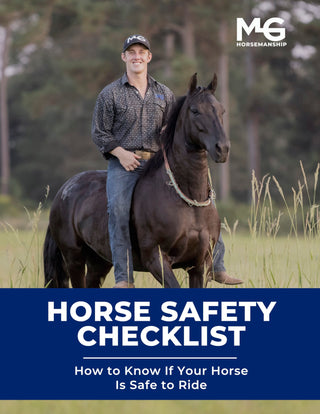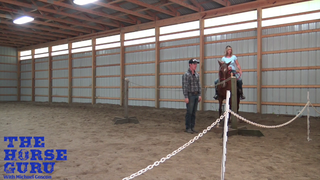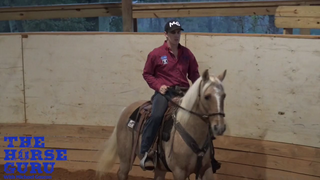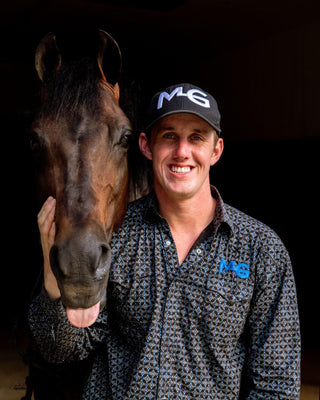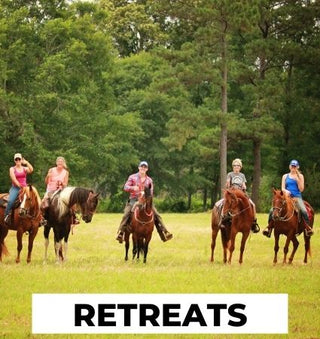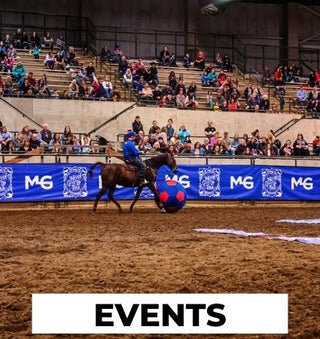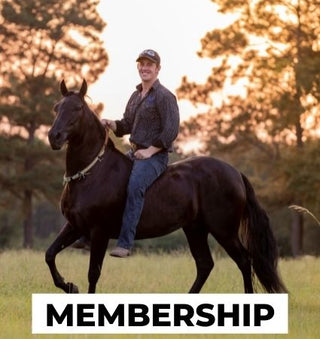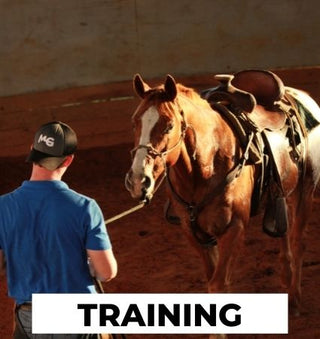Watch the Video Here or continue reading below!
In this third installment of our neck reining series, we take a deeper dive into the transition from two-handed riding to full, confident one-handed control. Featuring Rocky, a Rocky Percheron cross, this session focuses on building softness, responsiveness, and clarity in communication using legs, reins, and body cues. Whether you're aiming to improve your horse for western disciplines, mounted shooting, trail riding, or everyday horsemanship, this guide offers essential tools for success.
Closing the Gap: From Two-Handed to One-Handed Neck Reining
To start, it’s critical to be “ridiculously obvious” with your cues. In early training stages, clarity beats subtlety. The horse must clearly understand what’s being asked. Over time, this obvious communication lays the groundwork for finesse.
During the session, Rocky is taught using a combination of rein and leg cues to bridge the gap between two-handed and one-handed riding. The focus isn’t just on the reins—it's about building a horse that responds to multiple aids. This includes cues from your seat, your legs, your eyes, and of course, your hands.
Introducing Multiple "Fail-Safes"
One of the key concepts in this phase of training is introducing fail-safes. These are alternate methods of communication that all lead to the same response. For example, Michael first asks with his legs. If the horse doesn’t respond, he follows up with rein cues. If needed, he uses his spur as reinforcement.
This layering of cues teaches the horse to listen carefully and not rely solely on one aid. The more consistently you apply this method, the more refined and responsive your horse becomes. In the end, you create a mount that is reliable, responsive, and capable of performing under a wide variety of conditions and riding styles.
Building Softness and Responsiveness
Softness is at the heart of good neck reining. The horse must learn to move into the “void” or the open space created when pressure is released. For instance, when Michael removes the inside leg, Rocky is taught to step into that space. This encourages the horse to actively seek the correct answer rather than be forced into it.
Reins are used to reinforce the message, but not dominate it. Michael demonstrates how to guide with minimal rein movement, encouraging the horse to respond to the lightest cue. This includes long reins that give the horse the opportunity to move freely while still learning to yield from light contact.
Why Neck Reining Isn’t Just About the Reins
A common misconception is that neck reining is all about rein placement. In reality, it’s a whole-body conversation. Much of the steering is directed through the rider’s legs and seat. Michael explains that when the inside leg is removed, the horse should turn. If the leg is applied again, the horse should continue straight.
Through repetition, Rocky begins to understand how to differentiate between turning and straightening based solely on the presence or absence of leg pressure. Over time, this level of clarity allows the rider to guide with minimal hand movement.
Proper Hand and Rein Positioning
Michael explains how rein position affects neck reining mechanics. With split reins, the rider typically places their index finger between the reins and lets the excess slack hang to the opposite side of the rein hand. The motion of the rein hand should resemble a subtle "U" shape.
For romal reins, commonly used in cow horse and reining disciplines, the reins are held with the thumb facing up, and the popper (the tail of the rein) rests in the rider’s hand. Regardless of rein type, the rider’s goal is always the same: direct the horse subtly and keep the nose pointed in the direction of movement, avoiding overbending or misalignment.
Introducing Leg-Only Steering
Eventually, the goal is to steer with your legs alone. To start, Michael slides his rein hand down near the withers and works Rocky through turns using only leg cues. This type of control is invaluable for disciplines like mounted shooting, polo, and trail riding, where one-handed guidance is essential.
Michael emphasizes the importance of using a large arena for this type of work. While round pens are great for teaching turns, they encourage a horse to think in circles. Wide, open spaces allow the horse to develop straightness and reinforce the expectation of responding to leg cues rather than always turning.
Teaching the Horse to Follow Your Eyes
As Rocky improves, Michael begins teaching him to respond to body language and gaze direction. Where the rider looks, the horse begins to go. This is the final layer of training—a horse so in tune with its rider that it moves just from a shift in vision and posture.
This kind of responsiveness is crucial in high-speed events like jumping, pole bending, and cross-country riding. It also improves the horse’s confidence and helps develop a partnership where the horse is actively engaged in the ride, not just reacting.
Wrapping Up: Creating a Fully Responsive Horse
By the end of this session, Rocky shows strong progress. He’s learning to respond to the reins, to the legs, and even to the look and body language of the rider. This is the ultimate goal of neck reining—a horse that is light, responsive, and intuitive.
Training a horse to neck rein properly isn’t about shortcuts. It’s about building a solid foundation of communication and respect. By layering cues and consistently rewarding the right responses, you can create a horse that’s not only obedient, but eager and ready to work.
